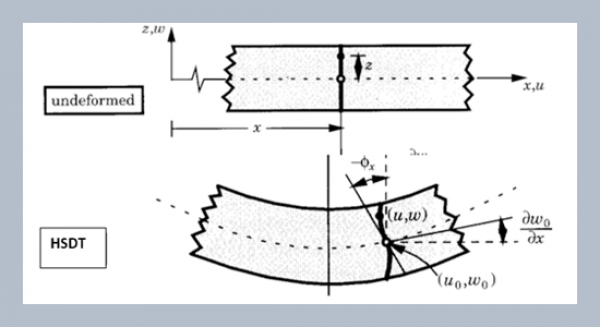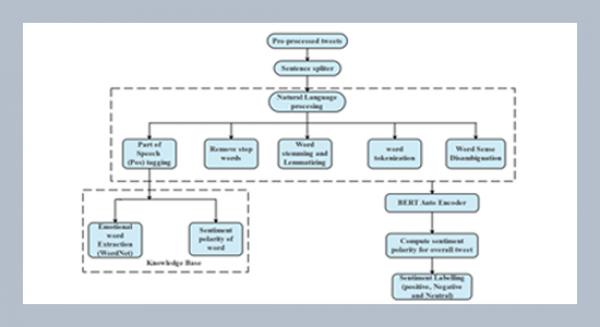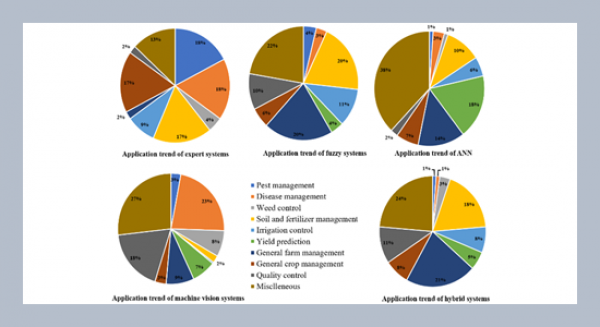REFERENCES
- [1] Hirsch, W. M. and Dantzig, G. B. 1954. “Notes on linear Programming: Part XIX, The fixed charge problem”. Rand Research Memorandum No. 1383, Santa Monica, California.
- [2] Kuhn, H. W. and Baumol, W. J. 1962. An approximate algorithm for the fixed charge transportation problem, Naval Research Logistics Quarterly, 9: 1-15.
- [3] Denzler, D. R. 1964. An approximate algorithm for the fixed charge problem, Naval Research Logistics Quarterly, 16: 411-416.
- [4] Cooper, L. and Drebes, C. 1967. An approximate solution method for the fixed charge problem, Naval Research Logistics Quarterly, 14: 101-113.
- [5] Murty, K. G. 1968. Solving the fixed charge problem by ranking the extreme points, Operations Research, 16: 268-279.
- [6] Steinberg, D. I. 1970. The fixed charge problem, Naval Research Logistics Quarterly, 17: 217-235.
- [7] Gray, P. 1971. Exact solution of the fixed charge transportation problem, Operations Research, 19: 1529-1538.
- [8] Barr, R. S., Glover, F. and Klingman, D. 1981. A new optimization method for large scale fixed charge transportation problems, Operations Research, 29: 448-463.
- [9] Sadagopan, S. and Ravindran, A. 1982. A vertex ranking algorithm for the fixed charge transportation Problem, Journal of Optimization Theory and Applications, 37: 221-230.
- [10] Sandrock, K. 1988. A simple algorithm for solving small fixed charge transportation problems, Journal of the Operational Research Society, 39: 467-475.
- [11] Palekar, U. S., Karwan, M. H. and Zionts, S. 1990. A branch-and-bound method for the fixed charge problem, Management Science, 36: 1092-1105.
- [12] Hammer, P. L. 1969. Time-minimizing transportation problems, Naval Research Logistics Quarterly, 16: 345-357.
- [13] Bhatia, H. L., Swaroop, K. and Puri, M. C. 1977. A procedure for time minimization transportation problem, Indian Journal of pure and Applied Mathematics, 8: 920-929.
- [14] Ramakrishnan, C. S. 1977. A note on the time-minimizing transportation problem, Opsearch, 14: 207-209.
- [15] Zadeh, L. A. 1965. Fuzzy sets, Information and Control, 8: 338-353.
- [16] Bellman, R. E. and Zadeh, L. A. 1970. Decision making in a fuzzy environment, Management Science, 17: 141-164.
- [17] Jain, R. 1976. Decision-making in the presence of fuzzy variables, IEEE Transactions on Systems, Man and Cybernetics, 6: 698-703.
- [18] Yager, R. R. 1981. A procedure for ordering fuzzy subsets of the unit interval, Information Sciences, 24: 143-161.
- [19] Campos, L. and Gonzalez Munoz, A. 1989. A subjective approach for ranking fuzzy number, Fuzzy Sets and Systems, 29: 145-153.
- [20] Campos, L. and Verdegay, J. L. 1989. Linear programming problems and ranking of fuzzy numbers, Fuzzy Sets and Systems, 32: 1-11.
- [21] Kim, K. and Park, K. S. 1990. Ranking fuzzy number with index of optimism, Fuzzy Sets and Systems, 35: 143-150.
- [22] Liou, T. S. and Wang, M. J. 1992. Ranking fuzzy numbers with integral value, Fuzzy Sets and Systems, 50: 247-255.
- [23] Maleki, H. R., Tata, M. and Mashinchi, M. 2000. Linear programming with fuzzy variables, Fuzzy Sets and Systems, 109: 21-33.
- [24] Okada, S. and Soper, T. 2000. A shortest path problem on a network with fuzzy arc lengths, Fuzzy Sets and Systems, 109: 129-140.
- [25] Nehi, H. M., Maleki, H. R. and Mashinchi, M. 2004. Solving fuzzy number linear programming problem by lexicographic ranking function, Italian journal of pure and applied mathematics, 16: 9-20.
- [26] Ganesan, K. and Veeramani, P. 2006. Fuzzy linear programs with trapezoidal fuzzy Numbers, Annals of Operations Research, 143: 305-315.
- [27] Mahapatra, G. S. and Roy, T. K. 2006. Fuzzy multi-objective mathematical programming on reliability optimization model, Applied Mathematics and Computation, 174: 643-659.















